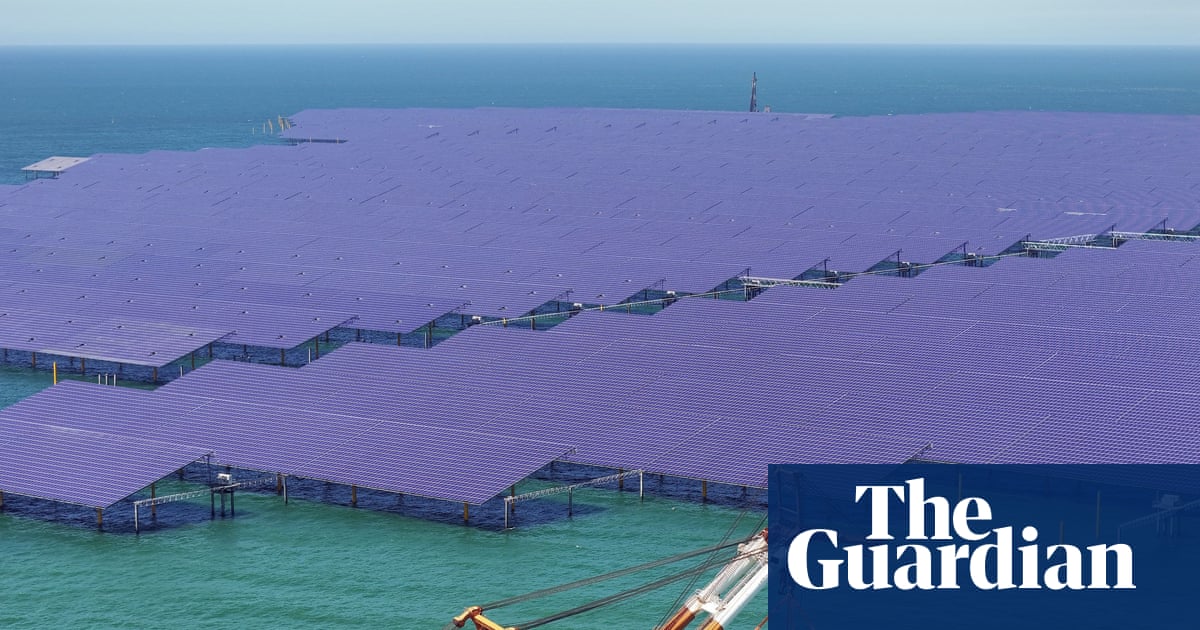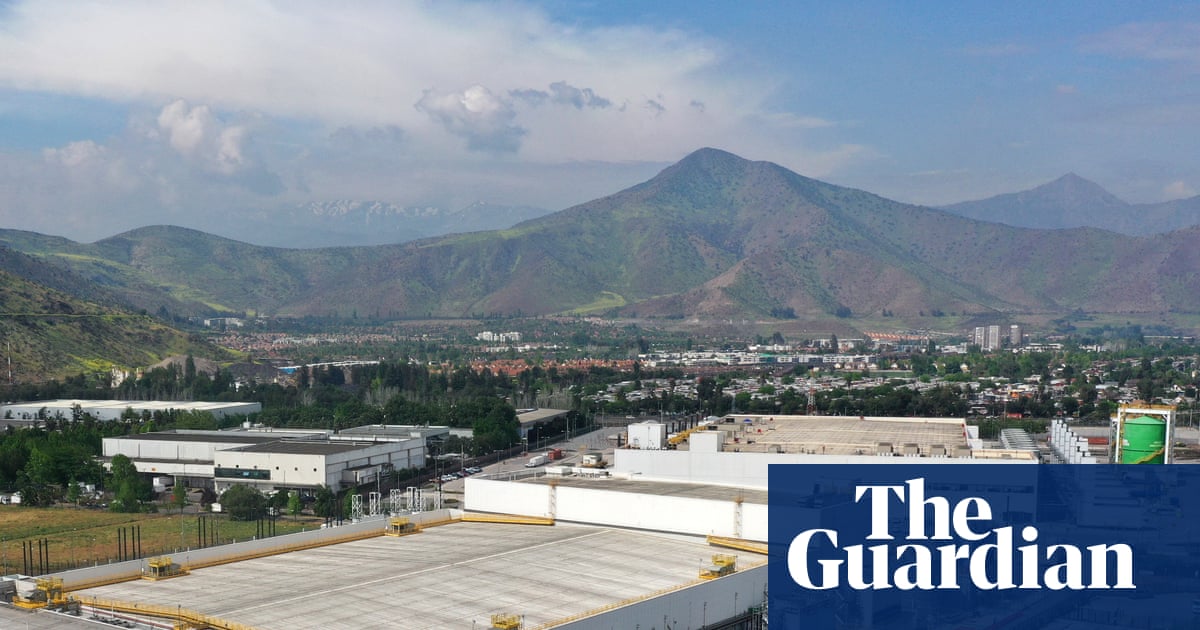Kongjian Yu, one of the world’s most famous landscape architects, has reportedly been killed in a plane crash in Brazil’sPantanal wetlands while making a film about his work.
Yu, 62, was flying to a ranch in Mato Grosso do Sul state, near Brazil’s western border with Paraguay and Bolivia, in a single-engine four-seater Cessna aircraft when the plane went down on Tuesday afternoon.
Three others on board were also killed: two Brazilian filmmakers, Luiz Ferraz and Rubens Crispim Junior, and Marcelo Pereira de Barros, a well-known local pilot.
CNN Brasil said Ferraz and Crispim Junior were working on a documentary called Planeta Esponja (Planet Sponge) about Yu. The film’s title is inspired by the Peking University professor’s pioneering work – the “sponge city” concept – on how to help cities cope with extreme weather and floods in an era of climate change.
Yu used ancient Chinese water systems to reimagine modern architecture, building systems to help cities conserve and re-use rainwater. This helps to regulate water flows across monsoon and dry seasons. “It’s important to make friends with water,” he once said.
Yu’s architecture firm, Turenscape, works in hundreds of cities across China. In one project on the outskirts of Beijing, Turenscape built holes in the banks of a river to slow the flow of water and create natural filtration pools.
Beijing and other cities across China have suffered from severe flooding and rainfall this year, highlighting the need for urban adaptation to climate disasters to prevent densely populated areas from being overwhelmed.
Turenscape recently picked uptwo awards from the American Association of Landscape Architects. It won a top prize for a “floating forest” in Jiangxi province, which turned a 126-acre degraded landscape on the Yangtze River floodplain into an urban wetland that manages stormwater and restores natural habitats. The park was praised by the judges for offering a “template for other cities seeking to resuscitate blighted waterfront landscapes”.
Yu and his companions were reportedly travelling to Fazenda Barra Mansa, a famous riverside hacienda where the Brazilian television giant Globo has filmed one of the country’s most famous soap operas, Pantanal.
The Folha de Campo Grande, a local newspaper, said the pilot had been attempting to abort a landing when the plane lost altitude and fell “causing an immediate explosion” on the ground. Police chief Ana Cláudia Medina confirmed four people had died in the incident and said officers had been sent to the remote crash site to investigate the causes.
The Pantanal, which straddles the border region between Brazil, Bolivia and Paraguay, is the world’s largest tropical wetland and one of South America’s most biodiverse regions. Home to hundreds of species of birds, fish and mammals, it is a popular tourist destination famed for the presence of animals such as the hyacinth macaw, the jaguar and the giant anteater.
The celebrated Chinese architect had recently participated in a conference organized by the Council of Architecture and Urbanism of Brazil in the country’s capital, Brasília, where he spoke about his “sponge city” philosophy. “[Cities must] retain water, slow down water, embrace water,” Yu said in an interview on the sidelines.
The conference in September celebrated the 65th anniversary of the foundation of Brazil’s futuristic capital, created by the renowned architect Oscar Niemeyer and urban planner Lúcio Costa in the 1950s.
“Bringing specialists such as Kongjian Yu is crucial so we can reflect on innovative solutions that can be applied to Brazilian cities, especially when it comes to urban sustainability and resilience, as well as learning from other cultures,” the council’s president, Patrícia Sarquis Herden, said on the eve of his arrival.
On Chinese social media, fans of Yu expressed disbelief at the news. “How could Professor Yu Kongjian leave us so suddenly?” wrote one Weibo user.

 1 month ago
49
1 month ago
49

















































